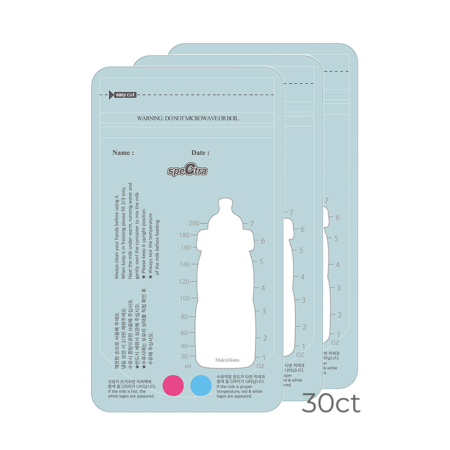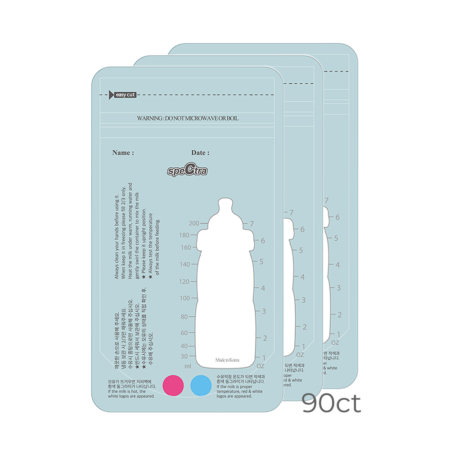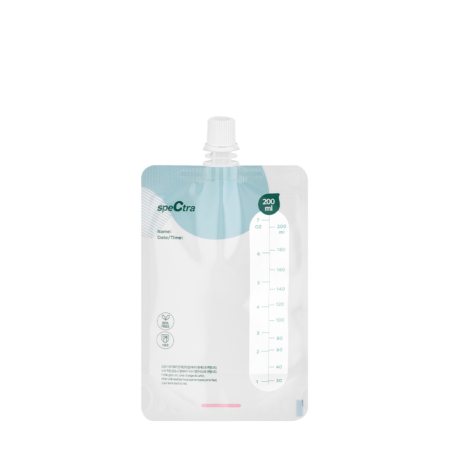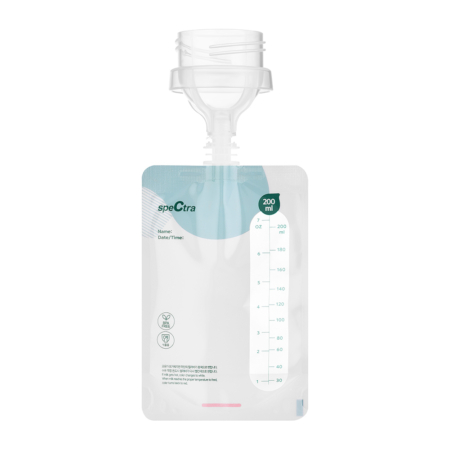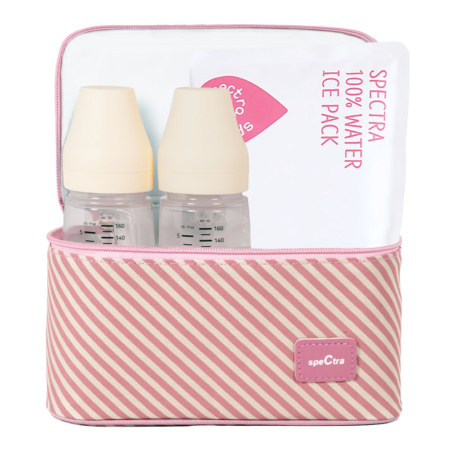All About Clogged Ducts
By Melissa Portunato IBCLC
Clogged ducts can be extremely painful but completely treatable. How did you even get them in the first place? A clogged duct can be caused by a variety of different reasons from prolonged time without milk removal, shallow latch, restrictive clothing, or even stress. Read our IBCLC’s tips below on how to manage them, find relief, and when to call the doctor.
What is a clogged duct?
We all have around 15-20 milk ducts in each breast. A “plugged” or clogged duct can occur when a milk duct that leads to the nipple gets inflamed, restricting milk flow. It usually onsets gradually and can be associated with a hard, often painful lump. You can experience tenderness, warmth to the touch, and you might even feel the onset of flu symptoms. With proper care, most clogged ducts subside in around 2-3 days. Clogged ducts are most common during the first few months of breastfeeding when your body is getting insync with the demand of your growing baby. They are also common during the weaning process. The key to remember with clogged ducts is that they need to be getting better, not worse!
Help! I have a clogged duct!
The latest update to the clinical protocol from the Academy of Breastfeeding Medicine introduces several significant changes that reshape our understanding of clogged ducts. Previously, it was believed that milk blockages restricted flow from the ducts, but now “ductal narrowing” due to inflammation is identified as the likely cause. The updated protocol recommends treating mastitis with ice and other anti-inflammatory methods rather than heat, and cautions that additional pumping or measures to increase breast drainage can actually worsen symptoms rather than improve them. Deep massage, frequent pumping and breast vibration tools are no longer recommended.
Proper positioning during breastfeeding can help alleviate clogged ducts by ensuring effective milk drainage and reducing the risk of clogged ducts.. Some breastfeeding positions that can help position your nipple farther into the baby’s mouth include laid back nursing, side lying and nursing your baby upright. Alternate positions to find what works best for you and your baby.
If you are exclusively pumping, pump every 2-3 hours without going any longer. Practice massaging and compressing your breasts while pumping. You want to start massaging above the breast tissue and gently move your fingers towards the nipple and stop once you reach the areola. Hand expressing before pumping can help milk flow faster allowing for quicker and more comfortable milk removal.
Applying warm compresses before feeding can help bring relief for some moms while cold compresses afterward can reduce inflammation. Avoid frequent pumping and pump only as needed.
If you find you have a milk blister, avoid trying to squeeze because it can make things worse. The milk blister or bleb will naturally draw out as the clog subsides.
Mastitis or Clogged Ducts?
Not all clogged ducts lead to mastitis and even mastitis can be infectious or non-infectious. If your clogged ducts are getting worse, you develop flu-like symptoms that persist more than 24-48 hours, your breast is bright red and feels hot then it’s time to check in with your doctor. In some cases, antibiotics will be required.
Preventing Clogged Ducts from Happening
Wear loose clothing, and go braless whenever possible. Stay away from bras with underwire, a wire-free supportive bra is best. Keep your baby close to you and feed at early breastfeeding cues. Cracking or bleeding nipples are more susceptible to infectious mastitis since bacteria will be able to easily enter the breast. Routinely washing in the shower using a non-antibacterial soap can help prevent infection. Clogged ducts are more common and more difficult to treat with a lowered immune system.
Clogged ducts are common and treatable. If you feel they are not improving after a few days, it’s time to seek medical attention. In some cases, clogged ducts can lead to an infectious case of mastitis so it’s necessary to reach out to your doctor if you are getting worse or symptoms are not improving. Treat it like you have the flu! Rest, hydrate, and pump/nurse as needed.
Have a clogged duct and need advice? Send us an email at ibclc@spectrababyusa.com and one of our IBCLCs will be happy to chat with you. You’re doing the best you can! Take care of yourself and pump on.
Source:
Academy of Breastfeeding Medicine. (2022). ABM clinical protocol #36: The use of galactagogues in initiating or augmenting maternal milk production (Revision 2022). Academy of Breastfeeding Medicine. https://www.bfmed.org/assets/ABM%20Protocol%20%2336.pdf


